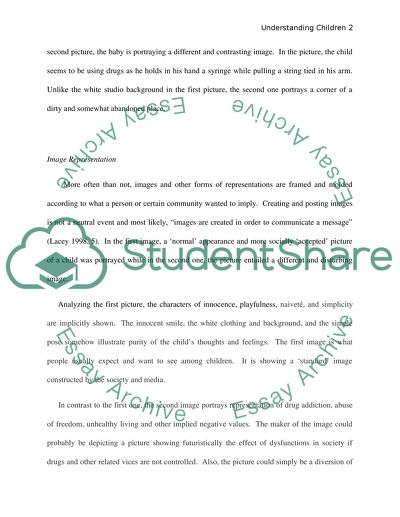Cite this document
(“Understanding children and young people Essay Example | Topics and Well Written Essays - 1250 words”, n.d.)
Retrieved from https://studentshare.org/sociology/1419478-understanding-children-and-young-people
Retrieved from https://studentshare.org/sociology/1419478-understanding-children-and-young-people
(Understanding Children and Young People Essay Example | Topics and Well Written Essays - 1250 Words)
https://studentshare.org/sociology/1419478-understanding-children-and-young-people.
https://studentshare.org/sociology/1419478-understanding-children-and-young-people.
“Understanding Children and Young People Essay Example | Topics and Well Written Essays - 1250 Words”, n.d. https://studentshare.org/sociology/1419478-understanding-children-and-young-people.


